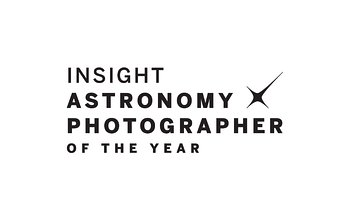Astronomers using ESO’s MUSE instrument on the Very Large Telescope in Chile have discovered a star in the cluster NGC 3201 that is behaving very strangely. It appears to be orbiting an invisible black hole with about four times the mass of the Sun — the first such inactive stellar-mass black hole found in a globular cluster and the first found by directly detecting its gravitational pull. This important discovery impacts on our understanding of the formation of these star clusters, black holes, and the origins of gravitational wave events.
The release, images and videos are available on:
https://www.eso.org/public/news/eso1802/
Kind regards,
The ESO Education and Public Outreach Department
17 January 2018

|
15 January 2018: The Royal Observatory Greenwich, in association with Insight Investment and BBC Sky at Night Magazine, has announced the key dates for the Insight Astronomy Photographer of the Year 2018 competition ...
|
| Read more |

|
Interview with: Sylvestre Lacour from the PicSat team
12 January 2018: A shoebox-sized satellite called PicSat, developed in record time by a small team of scientists and engineers at the Paris Observatory in France, has just been launched into space to ...
|
| Read more |

|
15 January 2018: British guitarist, singer, and songwriter, David Gilmour, visited the ALMA Operations Support Facility on 28 December 2017.
Gilmour is best known for his involvement in the rock band Pink Floyd ...
|
| Read more |
|
|
|
|